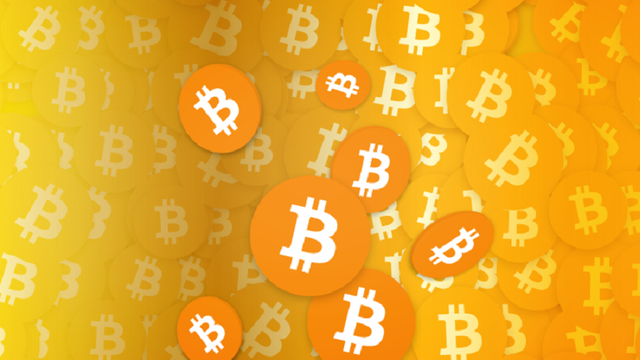Concise report on Bitcoin's history and generation

History of Bitcoin
In October 2008 the concept of Bitcoin, a decentralized peer-to-peer monetary system was introduced in an emailing list by an unknown entity under the name of: Satoshi Nakamoto.
In January 2009, Satoshi Nakamoto released the open source Bitcoin software to the public.
The concept of decentralized peer-to-peer monetary system that could not be controlled or monitored by the government appealed to anarchist and the sharing economy enthusiasts. Slowly the adoption of Bitcoins continued.
Mining process
Like Gold, Bitcoin is also mined - digitally.
Every second, transactions happen on the Bitcoin blockchain and these transactions must be verified by all machines on the network and appended into a new block.
Multitudes of these decentralized blocks are called the blockchain.
Mining Bitcoin is the process of verifying that these Bitcoin transactions are accurate so they can be appended into a blockchain.
New blocks are created approximately every 10 minutes.
Making Bitcoins
Bitcoin is the crypto token released as reward when miners verify new blocks.
Bitcoins are rewarded at a rate of 25 new Bitcoins for every new block created. But the reward is cut down into half ever four years.
As at now only 12.5 new Bitcoins are rewarded for every new block until mid 2020 when there will be another halving to 6.25 new Bitcoins for each block.
This halving continues for every four years until the full 21 million Bitcoins has been created somewhere in the year 2140.
Each Bitcoin can be dividend into 100m bits, and each bit is identifiable and programmable.
Congratulations @coinsheriff! You have received a personal award!
Click on the badge to view your Board of Honor.
Congratulations @coinsheriff! You received a personal award!
You can view your badges on your Steem Board and compare to others on the Steem Ranking
Vote for @Steemitboard as a witness to get one more award and increased upvotes!